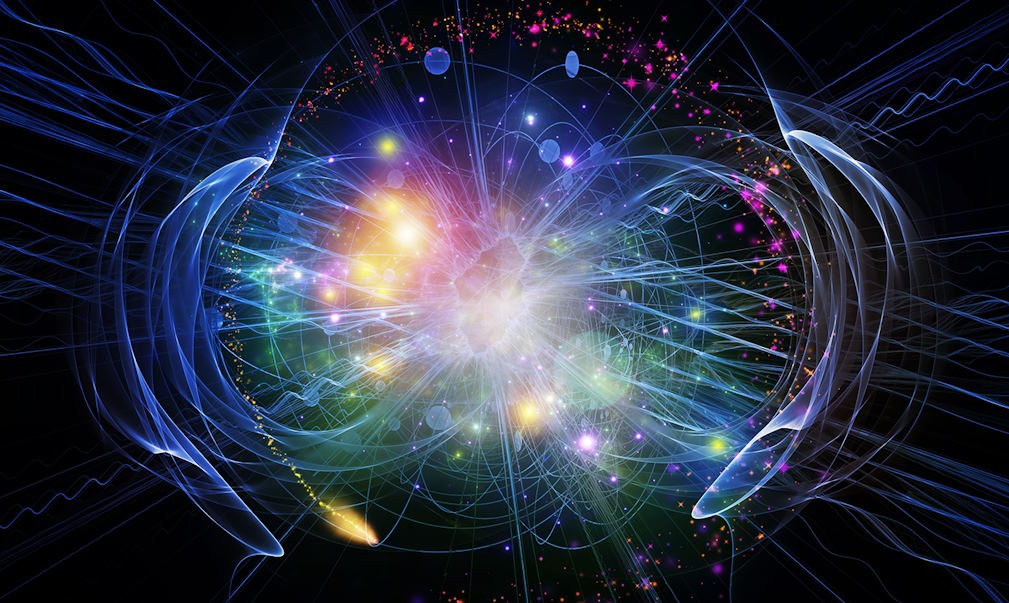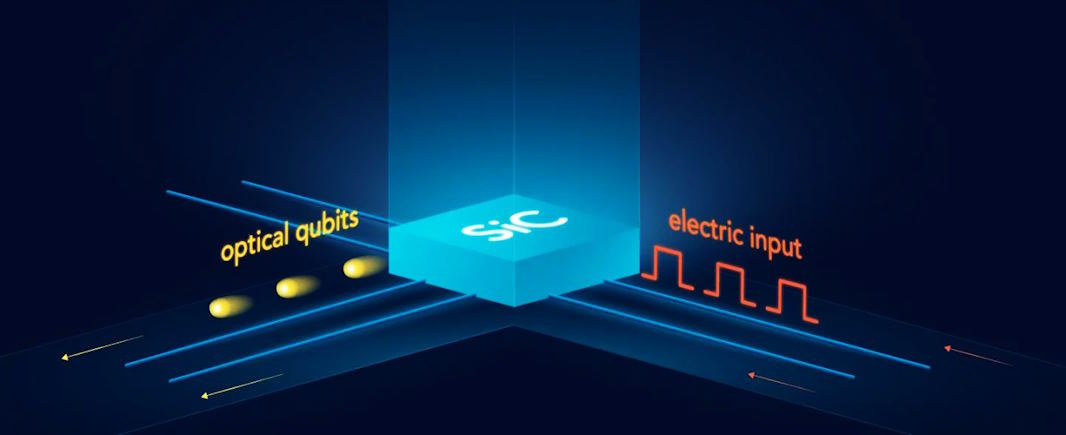Quantum communication is a famous field of applied quantum physics and is associated with quantum information processing and teleportation. The main application of the quantum communication is to protect information channels from eavesdropping. It uses quantum cryptography for this successful information protection. You may decide to research every aspect of the quantum entanglement in optical communication at this time. You have to know and remember that quantum communication efficiently uses photons for qubit transmission between remote places. This is because photons are isolated from perturbations and known for their nature to propagate with low attenuation in optical fibers.

Research the basics of quantum mechanics
Are you thinking about possible ways for harnessing quantum mechanics for next-generation communication networks in detail? The next-generation communication networks do not fail to include modern resources and technologies especially enhanced fiber optics and efficient use of optical telecommunication. The quantum phenomenon successfully improves optical communication. Experts in the optical telecommunication sector successfully encode the information into the polarization degree of freedom of photons. They know and ensure that the quantum analysis of imperfect channels in the communication system leads to wrong results especially when the correlations exit in the channel noise.

Explore the complexities of the quantum optical communication protocols
There are different options for navigating the complexities of quantum optical communication protocols at this time. Correlated birefringence is an example of the harmful mechanism that happens in the optical channel. Attenuation is another phenomenon in communication systems and it may affect the interferometric measurements’ precisions. In the modern communication scheme, orthogonal polarizations at the input are properly transmitted into the orthogonal polarizations at the output. This approach uniquely finds the single state and this state can be distinguished from two photons prepared in identical polarizations using a measurement as per the two-photon interference.


